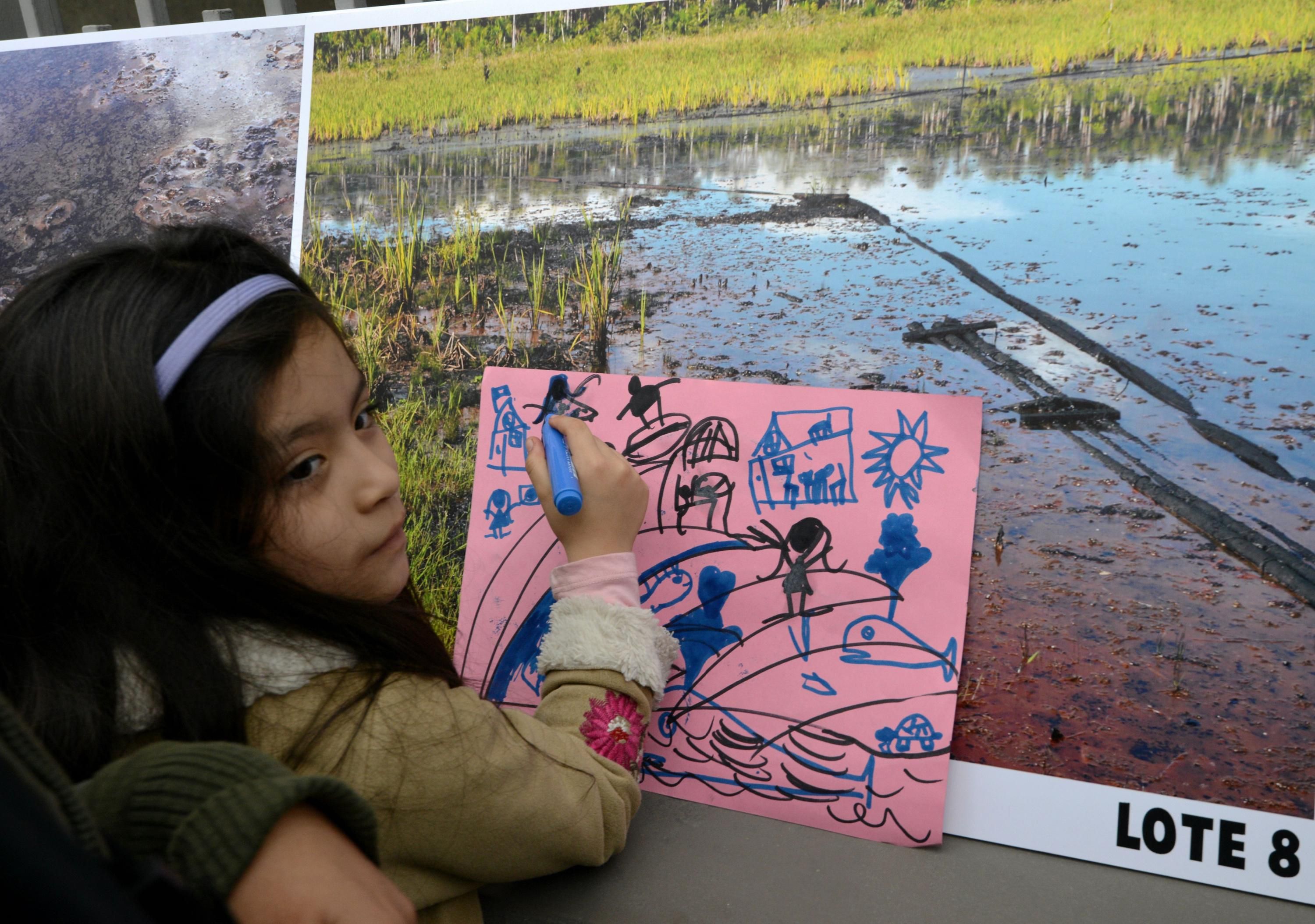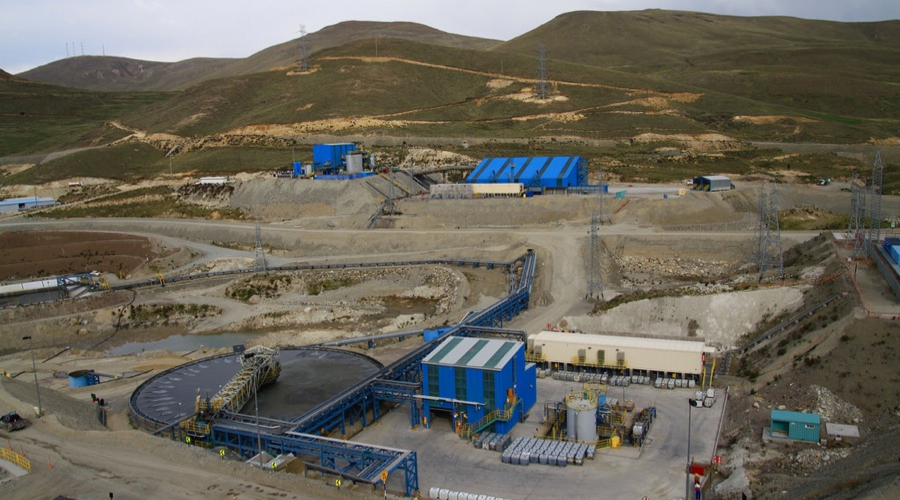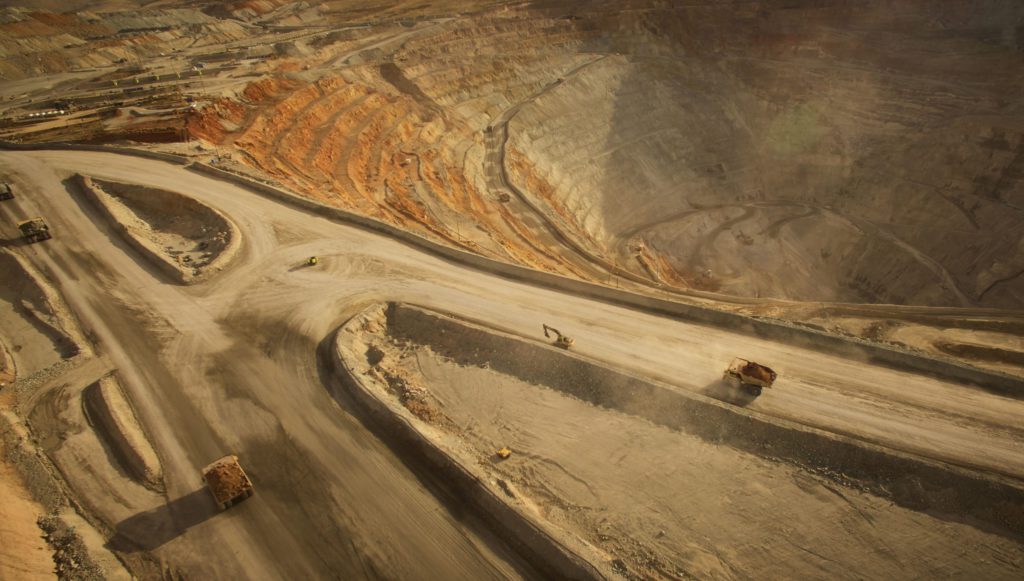"Not a single drop of oil is going to come out of the Amazon until the government takes care of us," said campaigners.

A little girl takes part in a protest by activists in front of Peru's oil company Petroperu in Lima on September 21, 2017 to support the Achuar, Kichwa, and Quechua Amazon tribes affected by oil industry activites on their ancestral lands.
(Photo: Cris Bouroncle/AFP via Getty Images)
JULIA CONLEY
Demanding stronger social and environmental support in northern Peru's Loreto region, about 200 Indigenous protesters on Wednesday announced a strike two days after they began occupying a station of the North Peruvian Oil Pipeline controlled by state-owned oil company Petroperu.
The strike will continue until President Pedro Castillo, who took office in July and has pledged a redistribution of wealth from mining projects to help local communities, fulfills the Indigenous people's demands, said the Indigenous Association for Development and Conservation of Bajo Yurimaguas (AIDCBY).
"Not a single drop of oil is going to come out of the Amazon until the government takes care of us," said AIDCBY.
The group, as well as the Awajun Native Federation of the Apaga River (FENARA) and the Peoples Affected by Oil Activity (PAAP), are demanding the establishment of a trust fund to finance the cleanup of areas affected by oil spills as well as education and healthcare services in the region.
"Now we'll see the real face of the executive who campaigned about supporting Indigenous peoples."
Official statistics show that at least 37 spills from the pipeline were recorded between 1996 and 2016.
According to the environmental protection group EarthRights International, local communities have been affected by major declines in crop yields and contaminated drinking water and have reported "a number of health problems stemming from the contamination, including nausea, migraines, vomiting, stomach pain, skin rashes, and even miscarriages among pregnant women; tests have confirmed contaminants in blood and urine."
The demonstrators called on Castillo and Energy Minister Ivan Merino to travel to Station 5, the pipeline station the groups have taken over. According to Telesur English, FENARA on Wednesday said the government should not "provoke with a police deployment" but instead allow for "the implementation of an intercultural dialogue."
Last year, three Amazonian Indigenous people were killed and 17 demonstrators were injured after Peruvian security forces responded to protests over a pipeline run by Canadian firm PetroTal.
Petroperu's pipeline transports crude oil from northern Peru's Amazon regions to a refinery on the country's Pacific coast. The company was forced to halt the pumping of oil this week as the groups took over Station 5.
Ismael Pérez Petsa, a leader of the Lower Puinahua Indigenous Development and Conservation Association, told Radio La Voz de la Selva Wednesday that the outcome of the protest is now in the Castillo administration's hands.
"Now we'll see the real face of the executive who campaigned about supporting Indigenous peoples," Pérez Petsa said. "The ball is with them and today it's [a] government political decision."
Our work is licensed under Creative Commons (CC BY-NC-ND 3.0). Feel free to republish and share widely.
JULIA CONLEY
October 7, 2021
Demanding stronger social and environmental support in northern Peru's Loreto region, about 200 Indigenous protesters on Wednesday announced a strike two days after they began occupying a station of the North Peruvian Oil Pipeline controlled by state-owned oil company Petroperu.
The strike will continue until President Pedro Castillo, who took office in July and has pledged a redistribution of wealth from mining projects to help local communities, fulfills the Indigenous people's demands, said the Indigenous Association for Development and Conservation of Bajo Yurimaguas (AIDCBY).
"Not a single drop of oil is going to come out of the Amazon until the government takes care of us," said AIDCBY.
The group, as well as the Awajun Native Federation of the Apaga River (FENARA) and the Peoples Affected by Oil Activity (PAAP), are demanding the establishment of a trust fund to finance the cleanup of areas affected by oil spills as well as education and healthcare services in the region.
"Now we'll see the real face of the executive who campaigned about supporting Indigenous peoples."
Official statistics show that at least 37 spills from the pipeline were recorded between 1996 and 2016.
According to the environmental protection group EarthRights International, local communities have been affected by major declines in crop yields and contaminated drinking water and have reported "a number of health problems stemming from the contamination, including nausea, migraines, vomiting, stomach pain, skin rashes, and even miscarriages among pregnant women; tests have confirmed contaminants in blood and urine."
The demonstrators called on Castillo and Energy Minister Ivan Merino to travel to Station 5, the pipeline station the groups have taken over. According to Telesur English, FENARA on Wednesday said the government should not "provoke with a police deployment" but instead allow for "the implementation of an intercultural dialogue."
Last year, three Amazonian Indigenous people were killed and 17 demonstrators were injured after Peruvian security forces responded to protests over a pipeline run by Canadian firm PetroTal.
Petroperu's pipeline transports crude oil from northern Peru's Amazon regions to a refinery on the country's Pacific coast. The company was forced to halt the pumping of oil this week as the groups took over Station 5.
Ismael Pérez Petsa, a leader of the Lower Puinahua Indigenous Development and Conservation Association, told Radio La Voz de la Selva Wednesday that the outcome of the protest is now in the Castillo administration's hands.
"Now we'll see the real face of the executive who campaigned about supporting Indigenous peoples," Pérez Petsa said. "The ball is with them and today it's [a] government political decision."
Our work is licensed under Creative Commons (CC BY-NC-ND 3.0). Feel free to republish and share widely.
Peru community says it won’t end Glencore mine blockade until demands met
Reuters | October 7, 2021 |

Glencore’s Antapaccay mine has been expanding production since late 2012.

Glencore’s Antapaccay mine has been expanding production since late 2012.
(Image by Golda Fuentes | Flickr Commons)
An indigenous community in Peru’s Espinar province that blocked a key mining road on Wednesday plans to continue the blockade indefinitely, a local leader said, in protest against the government and Glencore PLC’s Antapaccay copper mine.

The conflict comes a day after the government defused a similar standoff in nearby Chumbivilcas.
The Antapaccay mine declined to comment. Reuters was unable to reach a government mining spokesperson for comment.
The road is known in Peru as the mining corridor, and has become a lightning rod in the country, the world’s second-biggest copper producer after neighboring Chile.
As of Wednesday, the community had blocked the road to protest against the environmental and social impact of the mine as well as the lack of government engagement with the local populace, said Flavio Huanque, a community leader in Espinar.
Huanque said earlier on Wednesday that one of the community’s demands was for the government to replace its prime minister, which President Pedro Castillo did later in the day, though it was not clear whether the replacement was related to the demand.
The former prime minister “came here on Sept. 11 and showed an absolute lack of knowledge about the problems regarding the indigenous communities of Espinar,” Huanque told Reuters.
Still, Huanque said the blockade will continue until Antapaccay addresses their grievances, which includes decades of complaints of environmental degradation.
The mining corridor, which traverses the Andes for about 500 km (310 miles), was blockaded for about three weeks in September.
Those blockades were in a more remote part of the road, affecting the huge Las Bambas copper mine, owned by MMG Ltd – a unit of state-owned enterprise China Minmetals Corp Ltd – but sparing other mines including Antapaccay.
The blockade now affects both mines. Antapaccay is Peru’s sixth-largest copper mine, whereas Las Bambas ranks fourth, showed data from the ministry of energy and mines.
(By Marcelo Rochabrun; Editing by Marguerita Choy and Christopher Cushing)
An indigenous community in Peru’s Espinar province that blocked a key mining road on Wednesday plans to continue the blockade indefinitely, a local leader said, in protest against the government and Glencore PLC’s Antapaccay copper mine.

The conflict comes a day after the government defused a similar standoff in nearby Chumbivilcas.
The Antapaccay mine declined to comment. Reuters was unable to reach a government mining spokesperson for comment.
The road is known in Peru as the mining corridor, and has become a lightning rod in the country, the world’s second-biggest copper producer after neighboring Chile.
As of Wednesday, the community had blocked the road to protest against the environmental and social impact of the mine as well as the lack of government engagement with the local populace, said Flavio Huanque, a community leader in Espinar.
Huanque said earlier on Wednesday that one of the community’s demands was for the government to replace its prime minister, which President Pedro Castillo did later in the day, though it was not clear whether the replacement was related to the demand.
The former prime minister “came here on Sept. 11 and showed an absolute lack of knowledge about the problems regarding the indigenous communities of Espinar,” Huanque told Reuters.
Still, Huanque said the blockade will continue until Antapaccay addresses their grievances, which includes decades of complaints of environmental degradation.
The mining corridor, which traverses the Andes for about 500 km (310 miles), was blockaded for about three weeks in September.
Those blockades were in a more remote part of the road, affecting the huge Las Bambas copper mine, owned by MMG Ltd – a unit of state-owned enterprise China Minmetals Corp Ltd – but sparing other mines including Antapaccay.
The blockade now affects both mines. Antapaccay is Peru’s sixth-largest copper mine, whereas Las Bambas ranks fourth, showed data from the ministry of energy and mines.
(By Marcelo Rochabrun; Editing by Marguerita Choy and Christopher Cushing)
Glencore’s Peru mine says won’t proceed with Coroccohuayco project in near-term
Reuters | October 7, 2021 |

Antapaccay copper mine in Peru. (Photo: Glencore)
Glencore’s Antapaccay copper mine in Peru said on Thursday that it does not plan to execute this year or next its Coroccohuayco project that has caused nearby residents to protest and block the road used to transport its copper.

Residents are protesting the mine’s environmental impacts on the area over several decades of operation, as well as opposing the Coroccohuayco project, which would require an investment of $590 million to extract copper and gold.
Residents in Peru’s Espinar province, where Antappacay is located, have blocked the road since Wednesday. Flavio Huanque, one of the leaders behind the blockade, told Reuters on Wednesday night that the blockade would continue indefinitely.
Antappacay, Peru’s sixth largest copper mine, said it was having a meeting with residents on Thursday.
MMG Ltd’s Las Bambas copper mine, the country’s fourth largest, is also affected by the road block.
Atappacay said in a statement that they support having a consultation process before deciding to build Coroccohuayco.
“The project is still in the design and viability studies phase, and its development will depend on the results of those analyses,” Antapaccay said in its statement.
Espinar residents were also protesting against the government, which they say has not been receptive to their demands.
(By Marco Aquino; Editing by Marguerita Choy)
Reuters | October 7, 2021 |

Antapaccay copper mine in Peru. (Photo: Glencore)
Glencore’s Antapaccay copper mine in Peru said on Thursday that it does not plan to execute this year or next its Coroccohuayco project that has caused nearby residents to protest and block the road used to transport its copper.

Residents are protesting the mine’s environmental impacts on the area over several decades of operation, as well as opposing the Coroccohuayco project, which would require an investment of $590 million to extract copper and gold.
Residents in Peru’s Espinar province, where Antappacay is located, have blocked the road since Wednesday. Flavio Huanque, one of the leaders behind the blockade, told Reuters on Wednesday night that the blockade would continue indefinitely.
Antappacay, Peru’s sixth largest copper mine, said it was having a meeting with residents on Thursday.
MMG Ltd’s Las Bambas copper mine, the country’s fourth largest, is also affected by the road block.
Atappacay said in a statement that they support having a consultation process before deciding to build Coroccohuayco.
“The project is still in the design and viability studies phase, and its development will depend on the results of those analyses,” Antapaccay said in its statement.
Espinar residents were also protesting against the government, which they say has not been receptive to their demands.
(By Marco Aquino; Editing by Marguerita Choy)
No comments:
Post a Comment